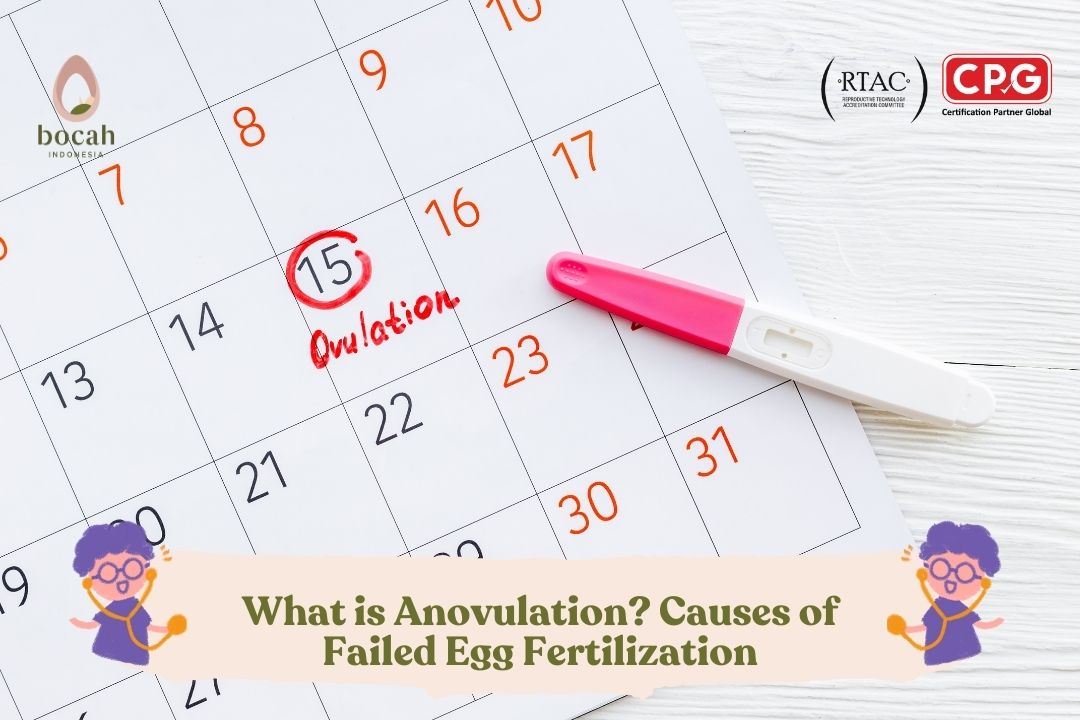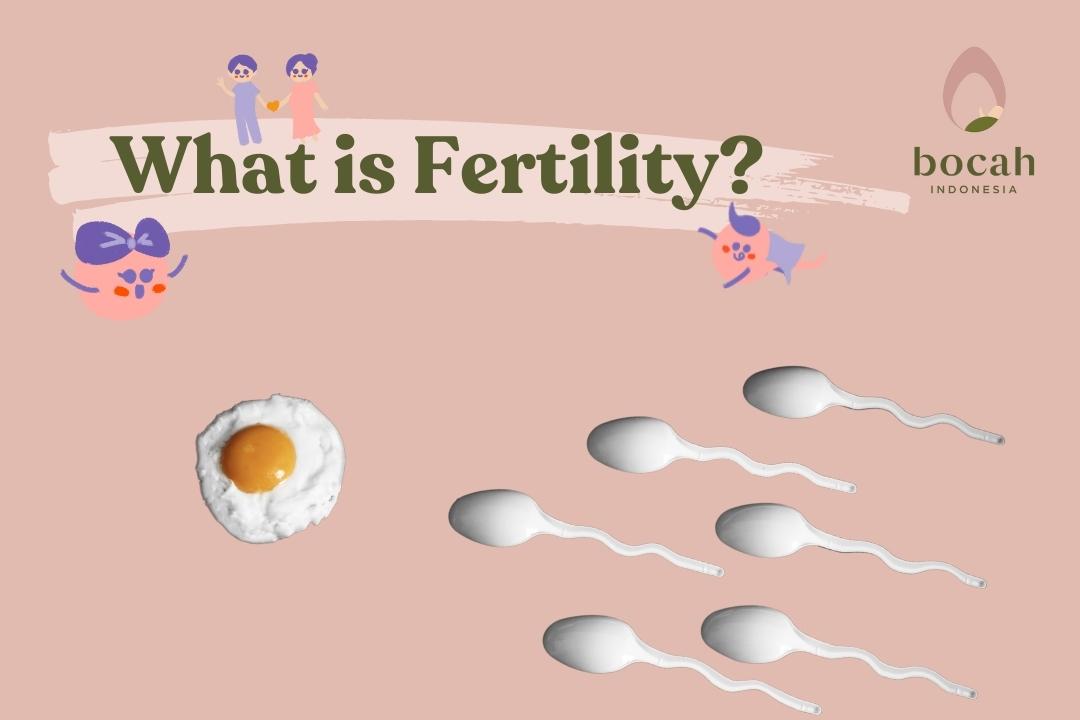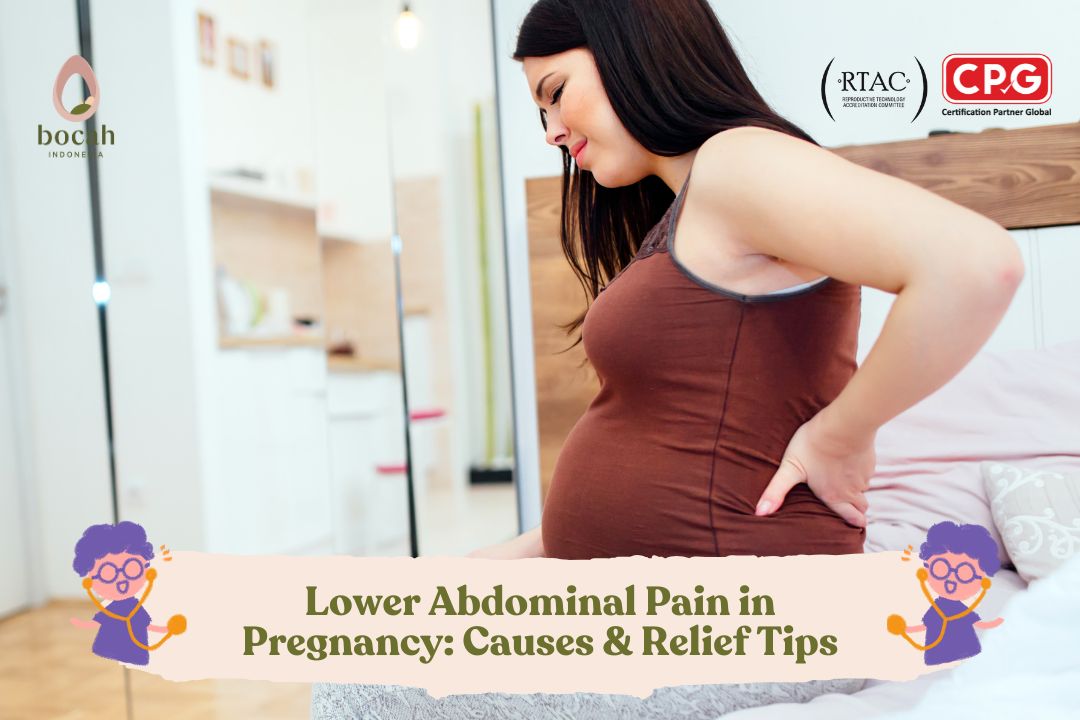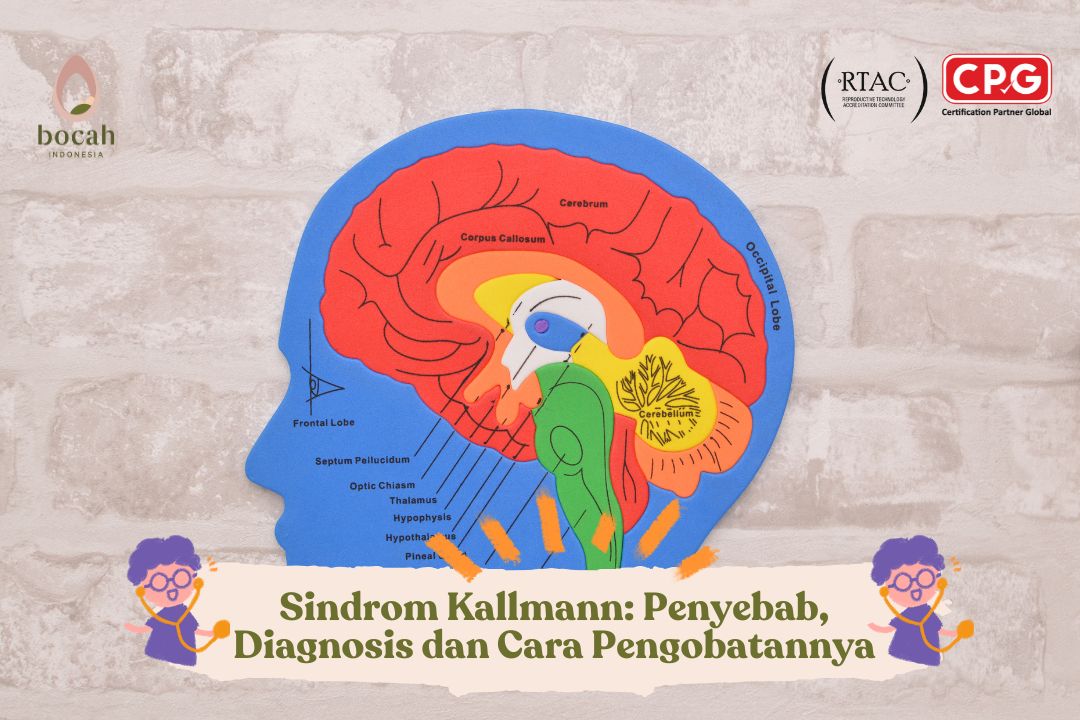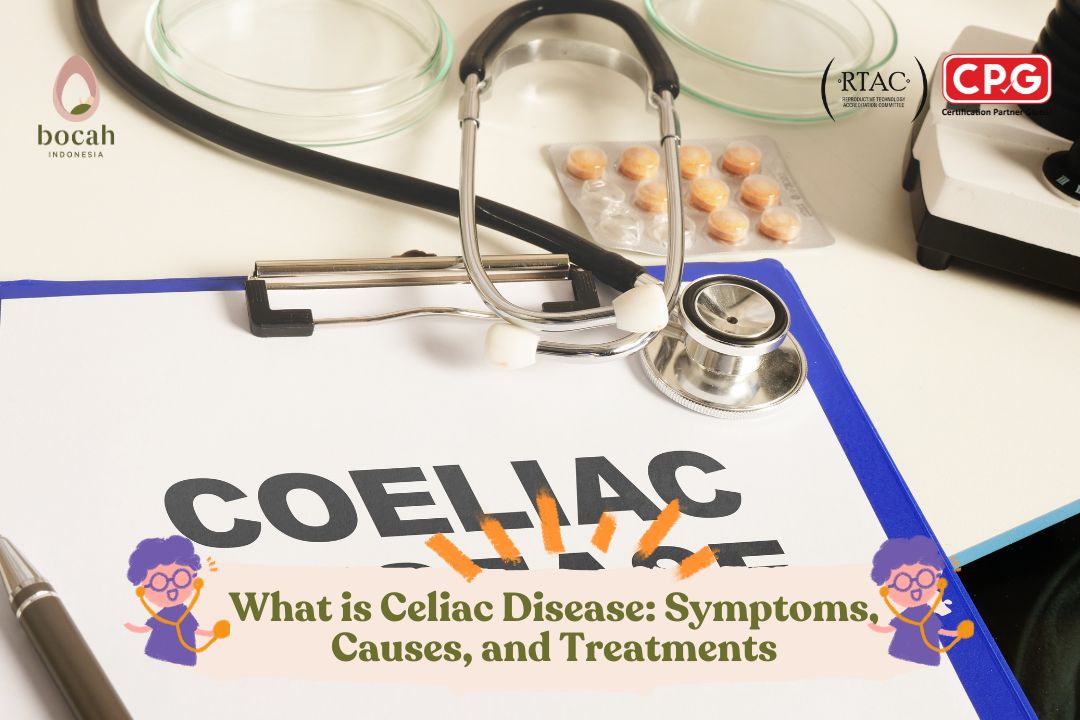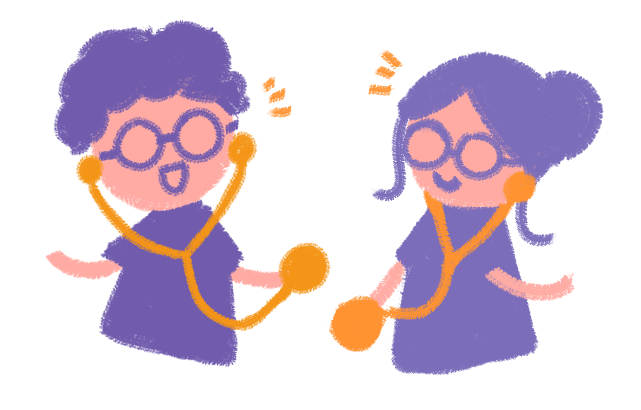Understanding Anovulation: Causes and Solutions for Infertility

When the ovum is not released during ovulation, a mother faces challenges in achieving pregnancy. Discover the underlying causes here.
Have you ever felt perplexed because your fertility efforts have yet to bear fruit? One often overlooked reason is anovulation, a condition in which the ovum or egg is not released during ovulation.
Without a mature ovum, conception becomes impossible. This can occur due to various factors, such as hormonal imbalances, excessive stress, or specific health issues. There is no need for concern; by understanding anovulation and knowing the steps to address it, this condition can be effectively managed, allowing you to conceive soon.
What is Anovulation?
Anovulation is a condition where the ovum (egg) is not released by the ovaries during the ovulation process. Typically, ovulation occurs once in each menstrual cycle, during which the released egg has the potential to be fertilized by sperm and initiate pregnancy.
However, if you experience anovulation, the process of conception may be disrupted or fail to occur, leading to difficulties in achieving pregnancy.
This condition is often caused by hormonal imbalances, as multiple hormones work in concert during ovulation; a disturbance in just one hormone can affect the successful release of the egg. Anovulation is also a primary cause of infertility, making it crucial to recognize its symptoms and seek appropriate treatment.
When is the Ovum Released?
The ovulation process begins in the brain when the hypothalamus releases gonadotropin-releasing hormone (GnRH). This hormone signals the pituitary gland to release follicle-stimulating hormone (FSH) and luteinizing hormone (LH).
Tanya Mincah tentang Promil?
The ovum is released during ovulation, which typically occurs around the 14th day of a 28-day menstrual cycle. However, the timing of ovulation can vary depending on the length of each individual’s menstrual cycle.
This process occurs after the follicles mature in the ovaries. A surge in luteinizing hormone (LH) triggers the ovaries to release the ovum into the fallopian tubes. The ovum is then ready for fertilization within approximately 12 to 24 hours after its release.
If fertilized by sperm, the ovum will proceed to the uterus for implantation, initiating pregnancy. If not, the ovum will dissolve and be expelled during menstruation. If the hormones involved in this process are imbalanced, ovulation will not occur. This is what leads to anovulation, making conception challenging.
Who is at Risk of Experiencing Anovulation?
Anovulation can affect anyone with ovaries in their reproductive years, typically between the ages of 12 and 51. Several factors increase the risk of anovulation, including:
- Recently initiated menstruation, such as in adolescents who have just begun menstruating.
- Perimenopause, the transitional phase before menopause when hormones begin to fluctuate.
- Certain health disorders, such as Polycystic Ovary Syndrome (PCOS) or Primary Ovarian Insufficiency (POI).
- A significantly low Body Mass Index (BMI), resulting from the body not producing enough hormones to support ovulation.
Symptoms of Anovulation to Be Aware Of Mothers
experiencing anovulation may encounter several signs, including:
- Irregular menstruation, making it difficult to predict when the next cycle will occur.
- Absence of menstruation altogether (amenorrhea).
- Menstrual bleeding that is excessively heavy or significantly light, differing from the norm.
- Lack of cervical mucus, which typically appears before ovulation.
- Irregular basal body temperature, deviating from the normal ovulation pattern.
However, in some cases, the symptoms of anovulation may not always be readily apparent, and some mothers may continue to experience menstruation. Therefore, it is essential for mothers to diligently track their menstrual cycles to detect these signs early and address them promptly.
Quality of the Ovum During Ovulation
The quality of the ovum is crucial in the conception process. A healthy and mature ovum has a greater chance of being fertilized by sperm and developing into a viable embryo. Several factors can influence the quality of the ovum, including:
-
Age
As age increases, the quality and quantity of the ovum tend to decline, particularly after the age of 35. Older ova are more likely to have abnormal chromosomes, which can lead to miscarriage or issues in embryo development.
-
Hormonal Health
Hormonal imbalances, such as those involving estrogen and progesterone, can affect the development and quality of the ovum.
-
Lifestyle
Habits such as smoking, an unhealthy diet, excessive stress, or insufficient sleep can impact the quality of the ovum.
-
Medical Conditions
Diseases such as endometriosis, PCOS, and thyroid disorders can also affect ovum quality.
To ensure optimal ovum quality, mothers can maintain overall health through a balanced diet, regular exercise, and consulting a doctor if there are disturbances in menstrual cycles or fertility issues.
Treatment Steps for Managing Anovulation
Treatment for anovulation depends on its underlying causes. Care or treatment may vary. However, here are several approaches mothers can take to address anovulation:
1. Lifestyle Changes
If anovulation is caused by certain habits or bodily conditions, implementing lifestyle changes can be beneficial. A healthy diet and regular exercise can assist if a mother has a BMI that is too high or too low.
In addition to maintaining a healthy weight, mothers should also manage stress effectively; engaging in activities that promote calmness and relaxation, such as meditation or relaxation techniques, can be solutions if stress is a primary trigger.
2. Medication
If lifestyle changes alone are insufficient, a doctor may recommend medication to address hormonal imbalances. Some commonly prescribed medications include:
- Clomiphene citrate to stimulate ovulation.
- Human chorionic gonadotropin (hCG) to support ovum release.
- Follicle-stimulating hormone to promote follicle growth.
- GnRH agonists and antagonists to regulate the hormones involved in ovulation.
These medications should only be taken after receiving a doctor’s recommendation. Ensure that mothers always consult beforehand before taking them and avoid using medication without a doctor’s guidance.
3. Surgical Intervention
In certain cases, particularly with Polycystic Ovary Syndrome (PCOS) that does not respond to other treatments, a doctor may suggest surgery. This procedure is performed via laparoscopy (small incisions) in the ovaries to reduce testosterone-producing tissue. By lowering testosterone levels, the ovaries can resume releasing ova and regulate menstrual cycles more consistently.
Anovulation can indeed pose a challenge for couples seeking to conceive. However, there is no need for concern, as this condition can be effectively managed with the right approach. Mothers should not hesitate to consult a doctor to find the best solutions. With normal ovulation restored, the chances of success in your pregnancy program will significantly increase.
Source:
- Carson, S. & Kallen, A. (2022). Diagnosis and Management of Infertility. JAMA, DOI: 10.1001/jama.2021.4788.
- National Health Service UK (2023). Periods and Fertility in The Menstrual Cycle.
- National Health Service UK (2022). Polycystic Ovary Syndrome.
- Cleveland Clinic (2024). Anovulation.
- WebMD (2023). What Is Anovulation?


